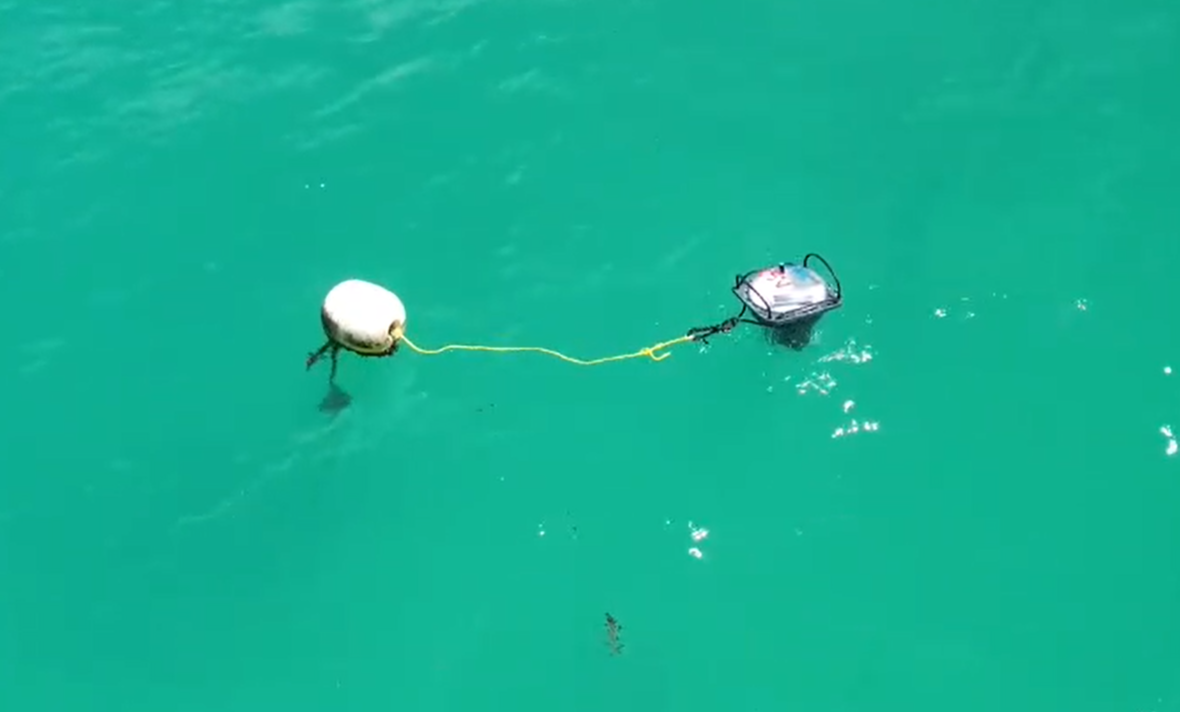OceanLabs Updates and Progress
January 2025
.png)
What did we at OceanLabs achieve in the second half of the year 2024?
Our Team is Growing
We are delighted to have Mr. Raffaello Rotolo join the OceanLabs team. Brett and I feel that he is already a firm part of our team, and his work so far has been incredible!
The new OceanLabs Website
One of our activities in the BGF7 SeyCCAT project is the development of a complex Data Access Web Application (DAWA), to provide our future users access to the sensor data that our devices will collect. But how does one test the technologies and frameworks that one intends to use? One tests it on something much more simpler, such as our own OceanLabs' website. Our new website features a cleaner layout, a section for news and blog articles as well as a gallery of our clients and partners. But most importantly we have tested React.js, the Tailwind CSS user interface components and the Payload content management system, as well as integration with the MongoDB database and DigitalOcean process automation. This experience is invaluable now that we are starting work on the DAWA.
Our BGF7 SeyCCAT project: Sensor verification and field testing
Work on our Blue Grant 7 (BGF7) project began with an analysis of the Marine Instruments M3i+ FAD buoy, to determine the recyclability of its components. This was followed by hardware design activities and the procurement of those components that could not be provided by recycling the FAD buoys. We designed our own power management board, the PowerSchedule, as well as the necessary structural components for mounting the electronic components. These were 3D-printed on OceanLab's own 3D printer.
.jpg)
PowerSchedule boards undergoing testing
Together with our partner, the University of Seychelles, we successfully verified the sensor probes that will be attached to our remote-sensing buoys. As a control for the verification process, the University's YSI EXO marine sonde was used. The data from the sonde and our sensors was analysed and the minimal sensor drift of our devices was deemed acceptable. We would like to thank the University, the Blue Economy Research Institute and Mr. Jerome Harlay for their support.

.png)
The deployment area of our remote-sensing buoy prototype
On December 16th, we deployed our first buoy prototype for field testing at the Marine Conservation Society Seychelles' Fishermans Cove Coral Nursery. We would like to take this opportunity to thank the MCSS and their employee, Mrs. Yasmine Watkins. The buoy prototype that we deployed does not have the full sensor loadout, as its purpose is to test the device's integrity after our modifications as well as the viability of its power system. So far everything is running smoothly!
On the software side, we initiated development for our Data Access Web Application (DAWA). We also made the decision to internalise the web development effort, which necessitated a budget line shift. We held several Design Thinking workshops with some of our NGO partners and affiliates, to determine the requirements for the Data Access Frontend, through which future users will be able to access the data collected by their buoys.
The web frameworks necessary for the development and the content management system were decided upon and tested in a hands-on approach by migrating our own website to the new technology base. This also provided us with a running start and a foundation on which to base the Data Access Web Application’s Data Access Frontend and its attached Data Backend. Lastly, we have defined our database schemas and have begun evaluating two databases for the DAWA’s backend.
Our Outlook
2025 is already shaping up to be a very fruitful year indeed! Our BGF8 project is already showing good results and we have been developing another interesting product in parallel that we will share more about very soon. We are also looking forward to attending this year's Ocean Innovation Summit in Dar Es Salaam, Tanzania. Join us there if possible!